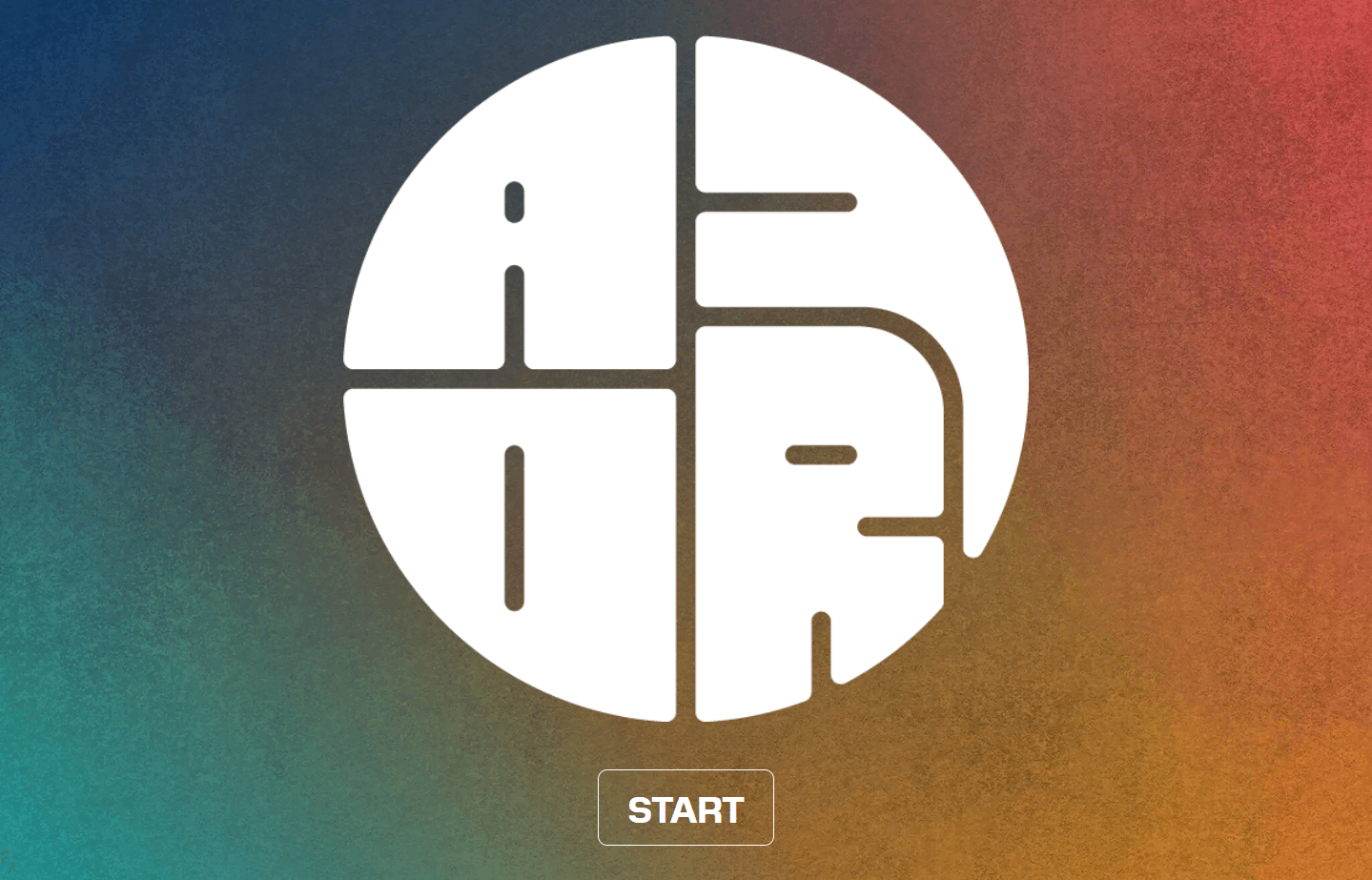🧪 QA Workflow Optimization & Release Process Improvement
Company: Early-stage tech startup
Role: Product Associate (previously Software Engineer)
Focus: Quality Assurance, Release Process, Developer Collaboration
🔍 Overview
As the product and engineering teams began to scale, quality concerns emerged due to an ad hoc testing process and the absence of a formal QA function. During my transition from engineering into product, I initiated and led efforts to improve quality assurance and release consistency, while building trust-based systems the team could adopt with minimal friction.
I introduced manual QA checklists, advocated for selective automation, and implemented a structured release cadence — enabling smoother, more confident delivery cycles even with limited QA resources.
⚠️ The Challenge
- Frequent bugs were leaking into production
- Testing responsibilities were inconsistently handled by developers
- No structured release documentation or cadence
- Lacked dedicated QA roles or automation support
🛠 What I Did
🧾 Manual QA Checklists
- Created test flows for high-risk or newly built features, especially those involving integrations (e.g., hardware interactions)
- Maintained living checklists in Google Sheets
- Shared testing expectations early with developers to align before development began
🤖 Fostered a Culture of Smart Automation
- Collaborated with engineers to prioritize automation for key flows
- Helped the team define “high leverage” test cases instead of chasing full coverage
✅ Manual Acceptance & Release Gatekeeping
- Took ownership of manual QA reviews for each sprint release
- Validated stories and flows in staging and verified production behavior
- Acted as a lightweight sign-off layer when formal QA was unavailable
🚉 Release Train & Documentation Process
- Introduced structured release documentation, combining:
- Technical deployment notes
- Product-focused summaries for internal awareness
- Encouraged a release train system, shipping every sprint to build delivery muscle and reduce unpredictability
🗣 Team Engagement & Buy-In
- Avoided “command-and-control” methods — instead, built buy-in through conversation and transparency
- Advocated for a QA mindset across teams, focusing on shared outcomes
- Kept tools simple to lower the barrier to adoption
📈 Results & Impact
- Noticeable drop in post-release bugs
- Significantly fewer rollback incidents
- Higher team confidence around testing and releases
- Increased product and engineering alignment on “done” vs. “shipped”
- Faster and more predictable sprint conclusions
🧠 Reflection
This work helped me realize that product success includes quality ownership — not just features on a board. I learned to balance delivery speed with discipline, and how to support teams in building stable products without slowing them down.
Quality isn’t a gate you pass — it’s a habit you build as a team.
🔒 Disclaimer & Collaboration Note
This case study reflects my personal role and perspective while working on a team project. All descriptions are generalized to respect confidentiality, and outcomes are shared in a way that acknowledges collaboration across multiple stakeholders, teams, and decision-makers.

